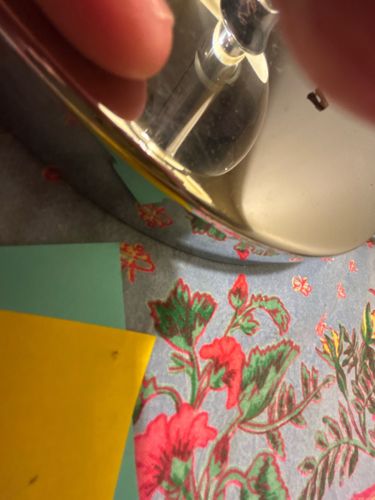Fungus Gnats
Scientific Name: Sciaridae (various genera like Bradysia) or Mycetophilidae (various genera)
Order & Family: Order Diptera, Family Sciaridae (dark-winged fungus gnats) or Mycetophilidae (true fungus gnats)
Size: Adults are typically 1/8 to 1/16 inch (2-4 mm) long.

Natural Habitat
Fungus gnats are commonly found in damp, humid environments, especially around houseplants, greenhouses, and areas with decaying organic material, such as compost bins. They thrive in moist soil rich in fungi.
Diet & Feeding
Adult fungus gnats typically do not feed or feed on liquids. The larvae, however, feed on fungi, decaying organic matter, and fine root hairs of plants.
Behavior Patterns
Fungus gnats are attracted to moist environments and decaying organic matter. Adults are poor fliers and tend to stay close to potted plants. Larvae live in the soil and feed on fungi and plant roots. Their entire life cycle, from egg to adult, can be completed in about 3-4 weeks, leading to rapid population growth if conditions are favorable.
Risks & Benefits
Potential risks include damage to plant roots, especially in seedlings and young plants, due to larval feeding. They can also be a nuisance indoors due to their presence. They generally pose no direct risk to humans (do not bite or transmit diseases). Benefits include breaking down organic matter in the soil; however, this is minimal compared to other soil organisms.
Identified on: 9/2/2025